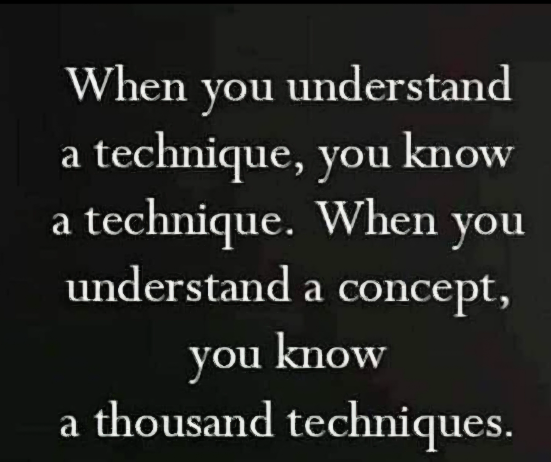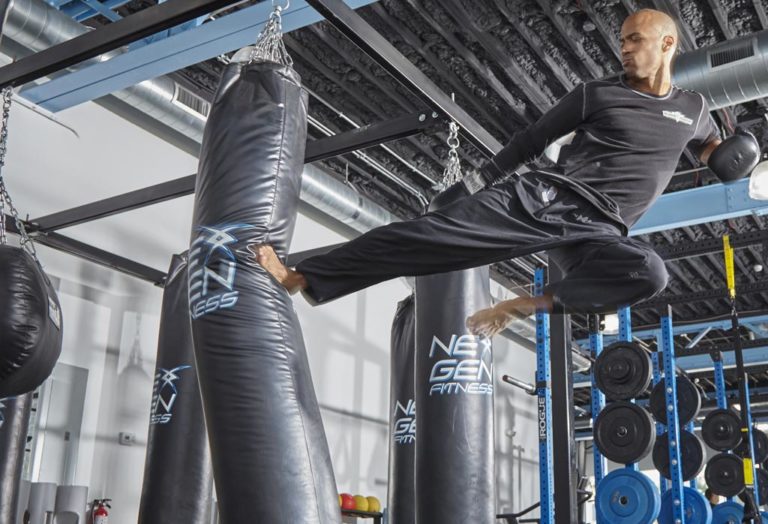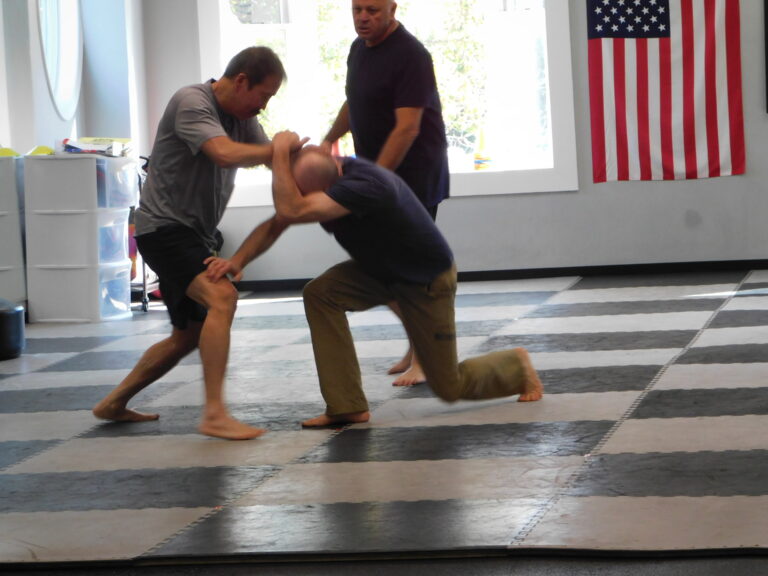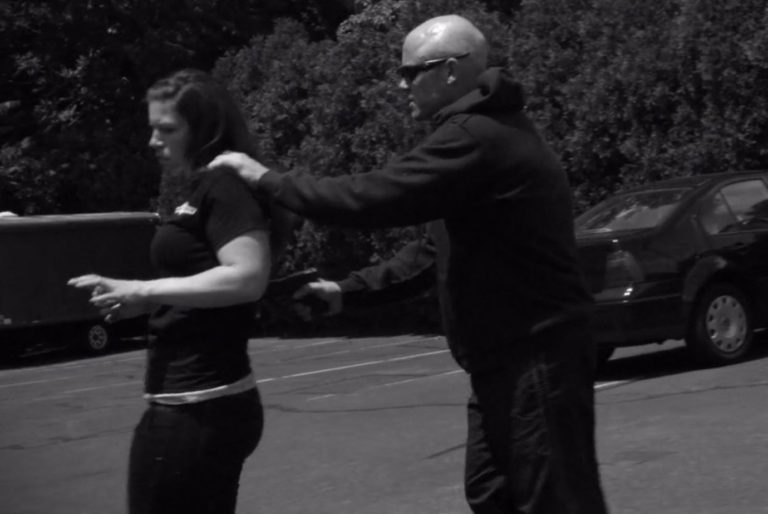My instructor, Alan Feldman, once started a seminar at my studio by asking the question,”if I wanted to get to Dunkin’ Donuts, what would be the best route to get there?” After a couple of students raised their hands and answered, he asked,”what if I encounter construction or a roadblock on that route? Is there another way to get there?” With his signature grin, Alan was simply highlighting the fact that similar to finding your way to a specific destination, self-defense also has multiple routes to safety. The success of a Krav Maga student comes from having enough knowledge of the system that they can change course, in real time, as required.
I started my Krav Maga journey with over 14 years of karate experience. Despite having attained a 3rd degree black belt and being an instructor to both youth and adults, I found the transition to learning this Israeli hand-to-hand combat system a bit of a challenge. Unlike my past training, the learning process for Krav Maga centers on objectives and principles rather than techniques and stylized forms.
In most Asian martial arts schools, specific techniques are taught through rote learning. This highly repetitive process teaches the student the mechanics of movement, striking, blocking and evasion. Over time, as each movement pattern is learned and repeated successfully, the student is promoted to higher ranks; ultimately progressing to black belt by performing these maneuvers under ever increasing stress and exhaustion. The emphasis in these systems is learning a specific technique per specific attack. This sets up a one-for-one ratio and has the student learning strikes or movements that are limited to each specific drill, with very little, if any, variation.
Krav Maga, however, is focused on teaching the student the underlying reasons for each offensive or defensive decision and stresses the understanding of the objectives for each variant of hostile encounter. As a result, all the strikes, blocks movement and evasive strategies are given context so that the student understands not just how to do it, but why one would choose one action over another. This process allows for a deeper understanding of how to solve an actual violent situation. Escaping to safety becomes a function of a student choosing whichever tactics helps them meet objective.
For example, if the goal for the moment is pure evasion, the strikes chosen by the defender might be launched more off angle and with less emphasis on damaging the attacker so as to create a quick opportunity for egress. On the other hand, if the student is trying to defend a loved one, the movement pattern and striking targets might be more direct, with an emphasis on establishing a temporary control position on the attacker. This enables the loved one to escape safely while the attacker is otherwise restrained by the defender. Upon seeing their loved one safe, the defender can then take more evasive actions and leave without further delay.
Another consideration is a student’s physical ability within the system. If Krav Maga required a specific technique or movement pattern for each potential threat, without ever taking into consideration all potential variables, a student might be incapable of meeting an objective simply because their physical mastery of that specific technique isn’t sufficient. The system instead offers each student multiple options to meet their goal.
Students who cannot easily kick, are taught different striking patterns which allow for accomplishing task from long range. Students trapped in a situation where movement is confined, learn how to attach and attack their assailant so as to create a window of opportunity to exit once they’re neutralized.
At Krav Maga Personal Safety, our emphasis is to ensure that each student is taught a full suite of both tools and rules to survive each attack. It’s important to remember that in times of crisis, it is very hard to remember specific techniques on a one-for-one basis. Learning the principles and the reasons for each strike and movement pattern, conversely, will become the GPS system for how to exit a violent encounter and successfully meet all objectives.




